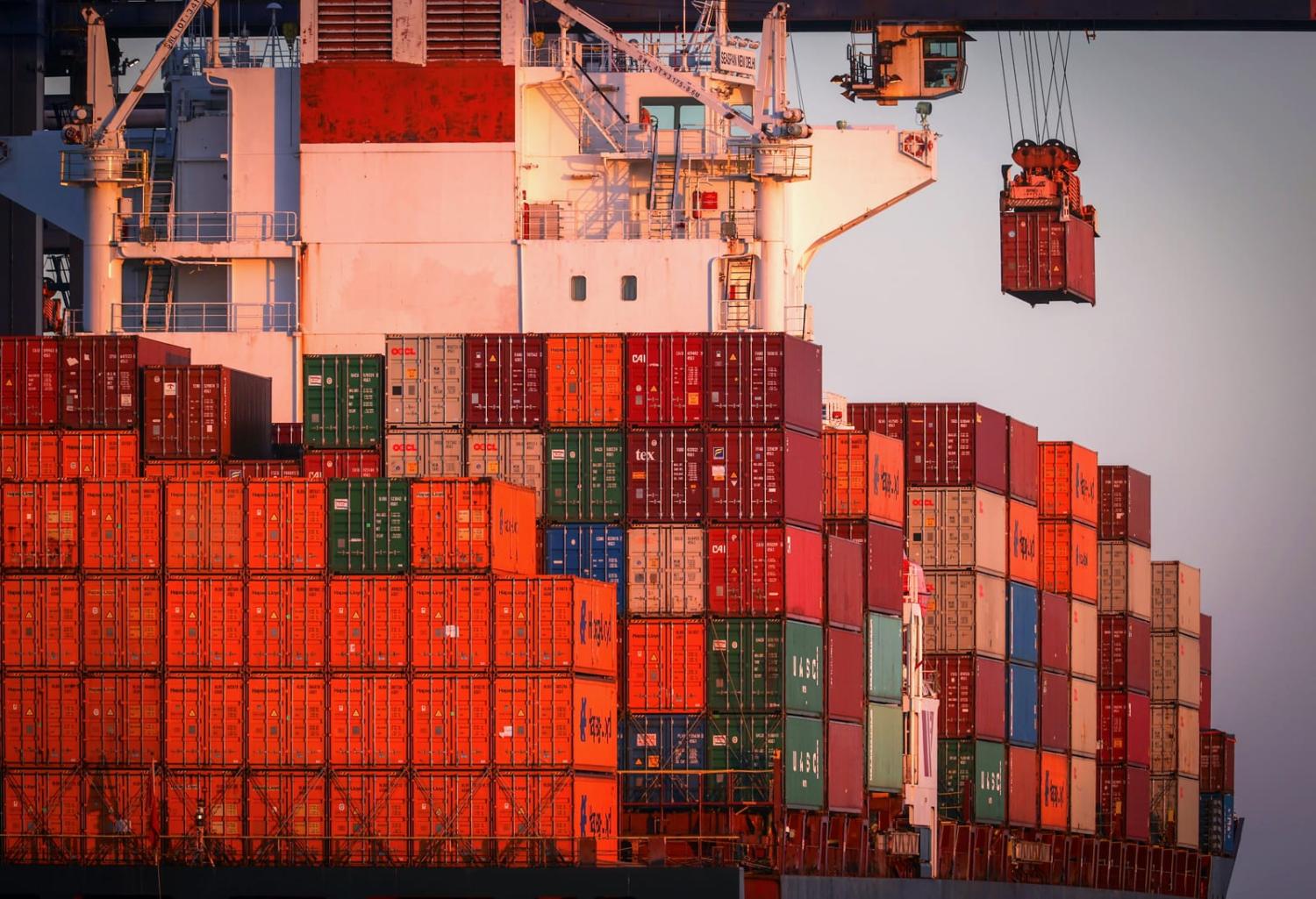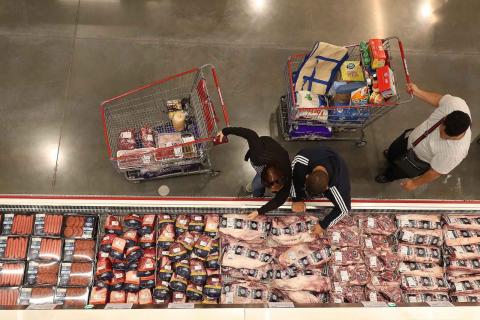As Australia seeks to diversify its economy, build more resilience into supply chains, and improve productivity, reducing the transaction costs of both exporting and importing has to be high on all governments’ policy agendas.
Recently a taskforce has published a consultation paper to advance work on a Simplified Trade System (STS). Progress has been slow as the trade system involves federal and state cooperation, as well as a range of agencies – including Home Affairs, not least Border Force; Agriculture, Fisheries and Forestry; the Department of Foreign Affairs and Trade; Industry, Science and Resources; and the Australian Tax Office. Change is possible, but it needs a concerted effort to reorient the regulatory systems that affect importers and exporters to put business at the centre of their regulatory efforts.
Regulation of trade is essential to manage the risks inherent with cross-border transactions. These risks include trade in illicit products, notably drugs and weapons but also wildlife, biological threats from the accidental and intentional import of products that harbour pests and diseases, and cyber security risks associated with flows of data, whether part of the process of managing trade or embedded in the good or service being traded.
Risk-based approaches to both regulation and regulatory compliance activities require timely assessment of risk and an efficient means to intervene – ideally before shipment – to remove the source of the risk. Easy to put on paper, hard to operationalise.
It requires cooperation across countries as well as agencies to share information relevant to assessing risk in time for preventive action. Delays in clearing both imports and exports adds significantly costs of trade including additional warehouse costs, spoilage, penalties on contracts that have delivery deadlines, and bottlenecks in production lines and in shipping.
Regulation of trade is also essential to provide confidence in the quality of what Australia exports and imports. This confidence in the quality of traded goods and services relies on certification that agreed standards are met. For imports – which are inputs into domestic production as well as going direct to consumers – many products must meet Australian standards. To the extent these differ from foreign standards or foreign certification is not recognised domestic firms can struggle to find a foreign supplier willing to go through an additional certification process. This limits the options for producers and raises their costs.
There may be some products where the Australian market is sufficiently different to warrant the requirement for Australian standards. But where this is not the case and the supplying country’s standards and certification system is robust, mutual recognition on an “if not, why not” basis would reduce the costs for foreign suppliers in turn lowering the availability and price of imports. As with risk assessment, timely clearance of certification also saves money for both importers and exporters.
The completion of a trade agreement with the European Union, currently under negotiation, will bring the share of trade with countries where Australia has a bilateral or regional trade agreement to almost 90 per cent. This is not the same as the share of trade that accesses concessions available in the 18 trade agreements. While market access quotas with tariff reductions for agricultural commodity exporters are generally used, other exporters and importers face a “noodle bowl” of overlapping concessions and rules of origin that they need to work through to find if there is an advantage.
With tariffs below 5 per cent on all products, the potential for a cost saving from accessing a concession is not worth the effort for many importers, a point the Productivity Commission recently emphasised, although not one that the STS is pursuing. But having to pay a tariff also adds to paperwork, and businesses are happy to relate stories of paperwork mistakes adding to both delays in accessing shipments and to more time on paperwork.
Removing the last of the tariffs would remove one reporting requirement, and lower the prices on products that still pay a tariff. But even if this is a step too far, as tariffs brought in $1.5 billion in 2019–20, making the system less mistake prone and concessions easier to access would reduce costs for importers, and ultimately their consumers.
Implementing a simplified trading system is a complex undertaking. It must be simple to use, providing one point of entry for all approvals so data only has to be entered once, and one source of truth in the information about requirements. The complexity lies in coordinating the agencies to share information, adopt Regtech solutions, where the requirements are embedded in software and easily updated, ensure system interoperability as well as the ability for simultaneous processing of approvals across agencies, and have that all the data protected so that it can only be used as intended.
Like the trade liberalisation of the 1980s, Australia’s investment in delivering this complex system can be an inspiration to regional neighbours to improve their trade systems. Singapore and New Zealand have done this, it would be a shame if pushback from entrenched interests or sheer inertia means that Australia does not.


